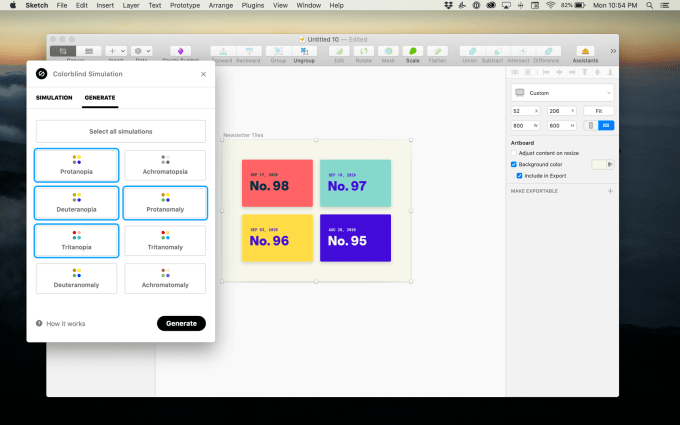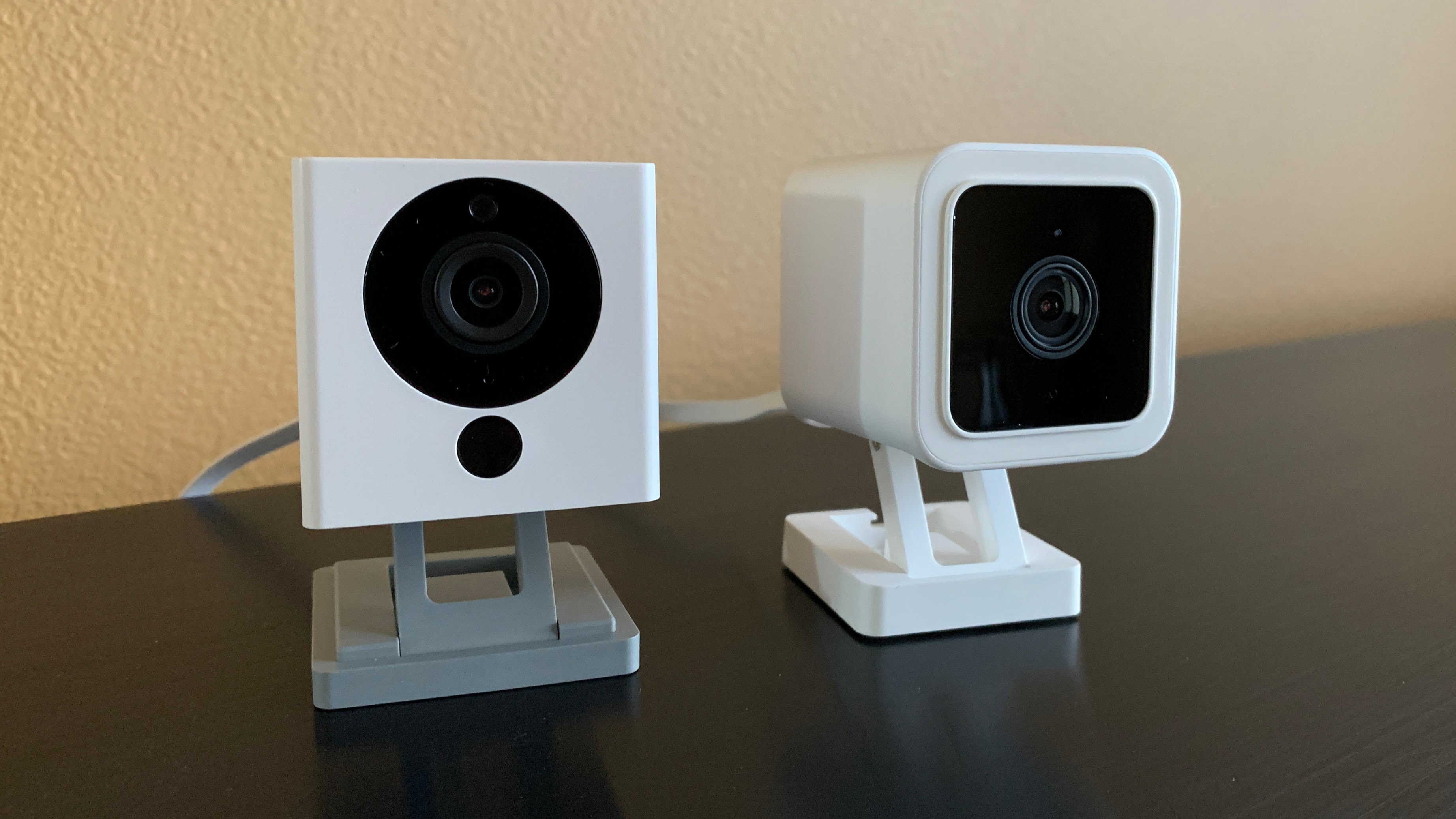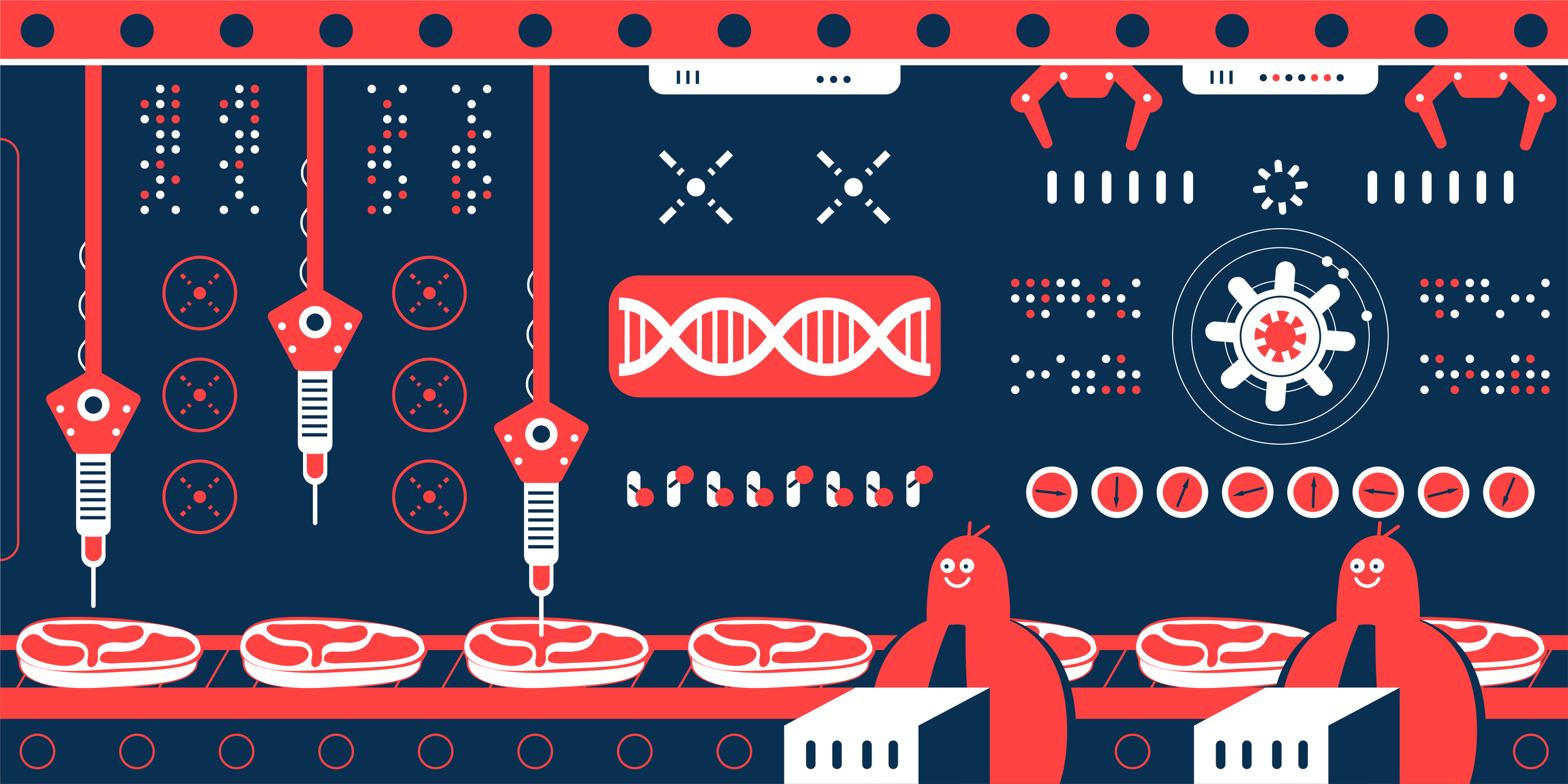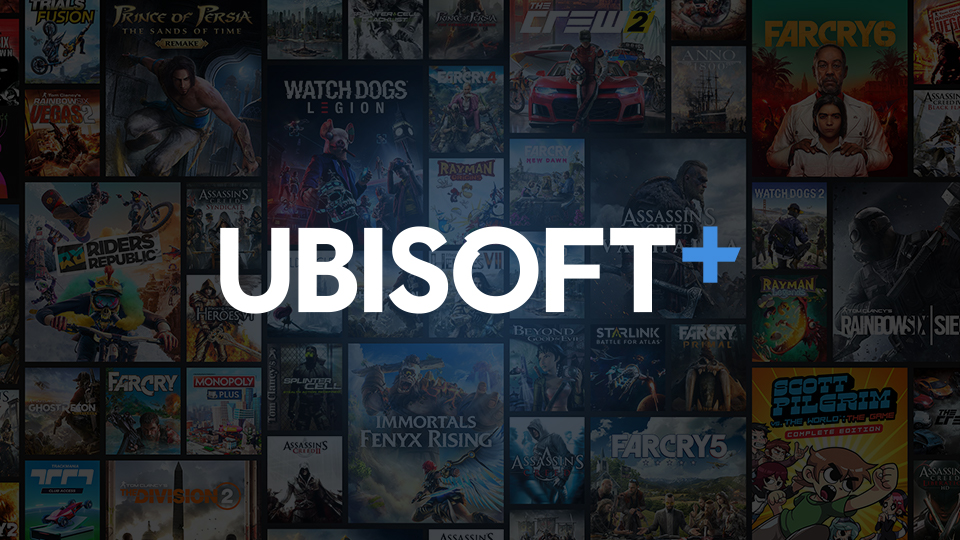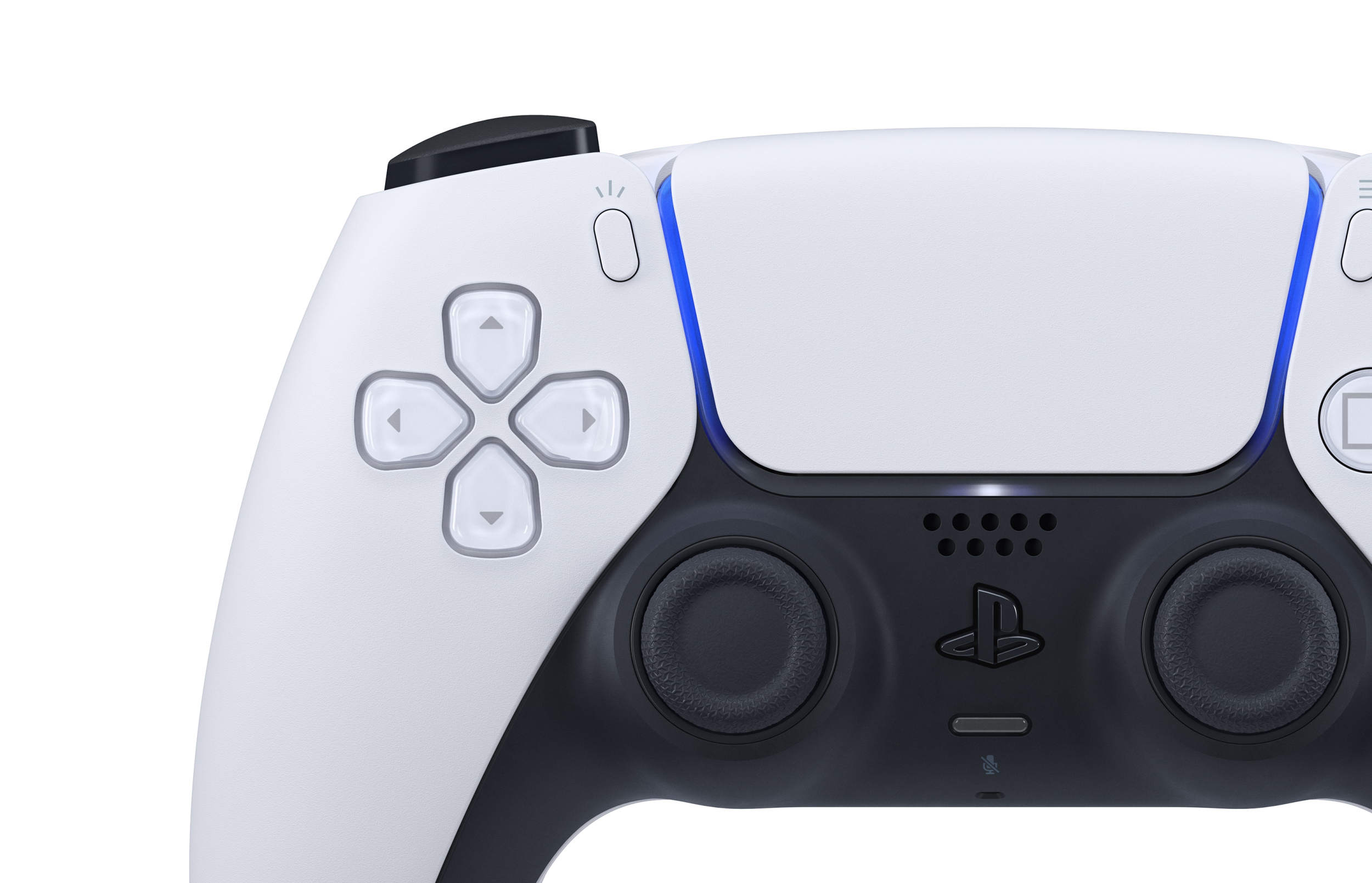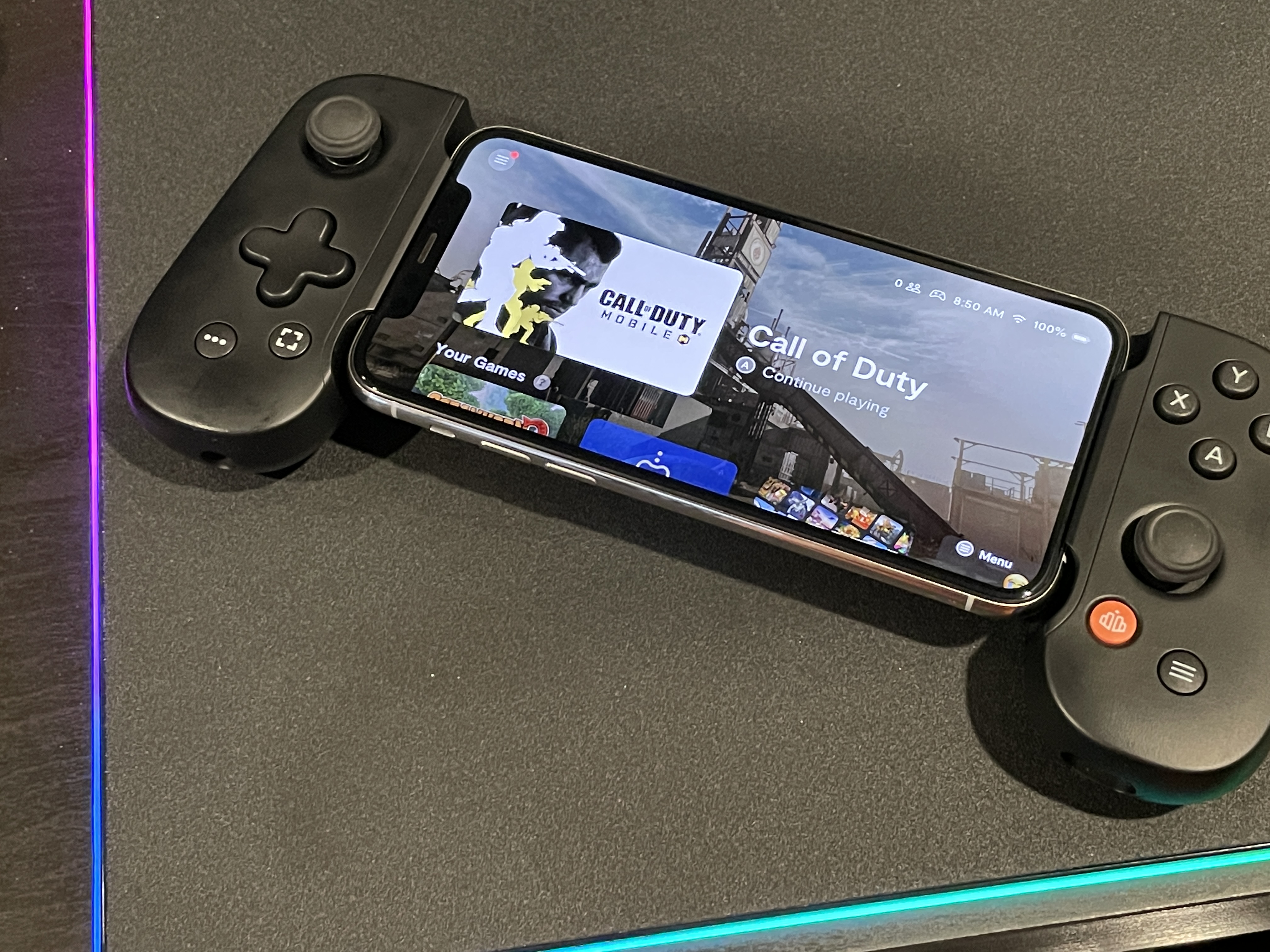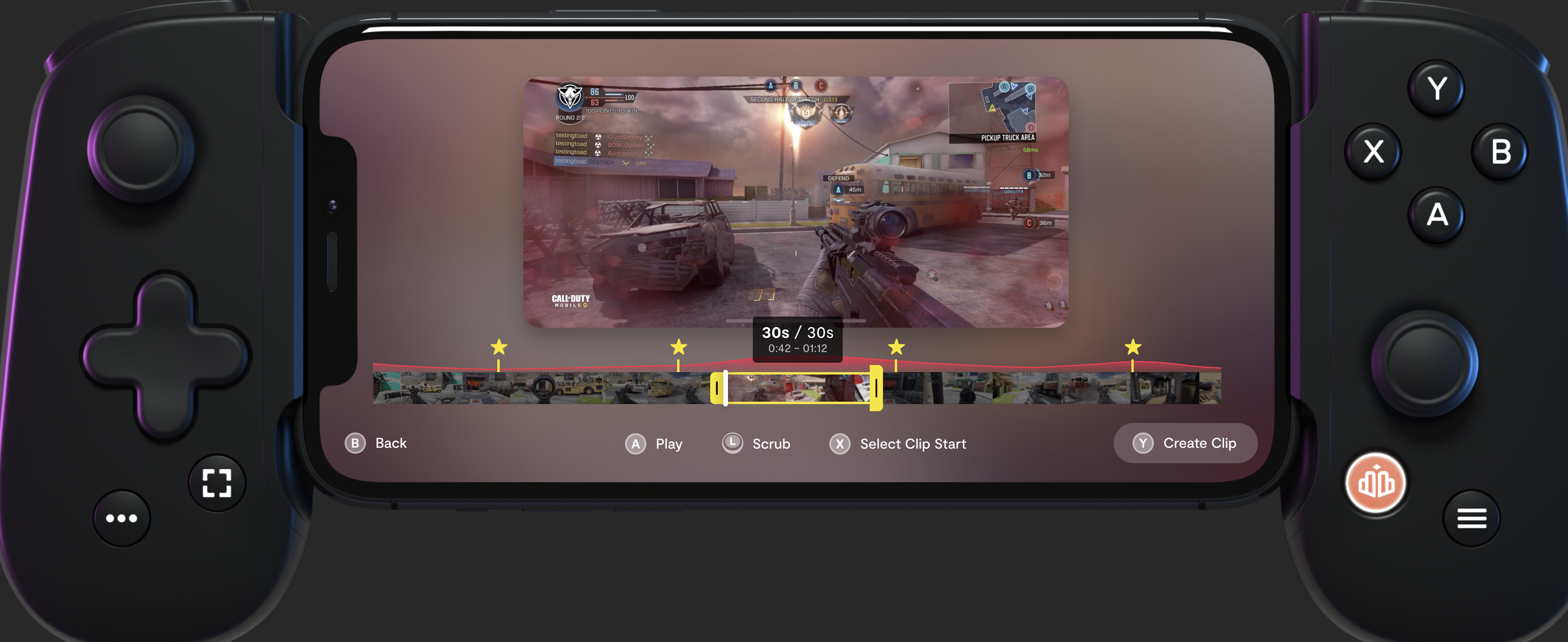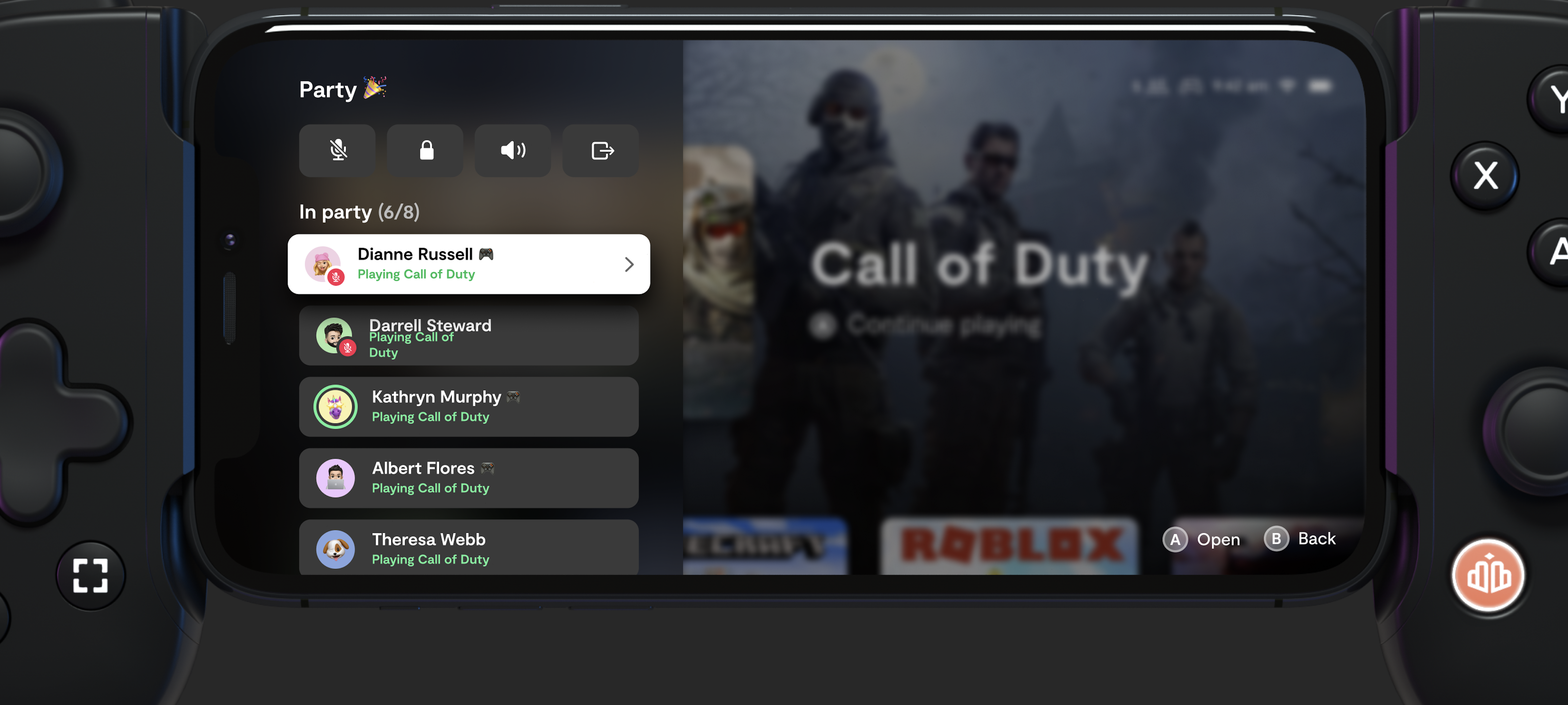News: 5 startup theses that will transform the 2020s
I wrote a call to action for the tech community to dive deeper into the future of innovation this coming decade. Where are some of the hot spots going to come from though? Below, I have assembled a very loose set of five clusters broadly categorized into “wellness,” “climate,” “data society,” “creativity,” and “fundamentals” that
I wrote a call to action for the tech community to dive deeper into the future of innovation this coming decade. Where are some of the hot spots going to come from though? Below, I have assembled a very loose set of five clusters broadly categorized into “wellness,” “climate,” “data society,” “creativity,” and “fundamentals” that offer some scaffolding for understanding what’s about to come this decade and how and any entrepreneur — really, any citizen — can start to build progress.
Take these ideas as inspirational — they aren’t limits, nor should the borders of these categories be seen as anything but liminal. I know in the daily cavalcade of news, it can be hard to fell inspired by the future. But do be! There is so much more coming this decade, that we may look back at the 2010s as the dark ages of innovation.
“Wellness”

Photo by Ian Forsyth/Getty Images
First, there is a cluster around “wellness.” That sometimes gets elided to just “mental health” and reduced to a prescription bottle, but this area really encompasses so much more than that. How do we build humanistic societies with strong social fabrics that enliven, enrich, and build meaning for our lives?
Yes, we’ve seen strong demand for wellness apps like Calm and Headspace. Exercise hardware like Peloton, Mirror and others along with platforms particularly around group classes have been a huge mainstay during this pandemic era. Mental health treatment itself is getting a makeover as startups reinvigorate the in-person therapist and psychiatrist visit as well as think about new models of delivering mental health services virtually. Even LSD is starting to make headways as a potentially useful tool, and psychedelics are going to be an interesting area to watch in the coming years.
All those areas still are ripe for innovation, yet, how do we go deeper and start to address the root causes of anguish and despair?
Take work, for instance. How do we make workers feel more secure and meaningful in a remote world where gig work makes up an increasing fraction of all employment? The precariousness of labor has a direct effect on wellness, and it’s going to take a much greater leap than a reclassification battle like in California this election cycle to make work “work” for all people. What can we do around stability of pay whether from employment or maybe programs like universal basic income to give people a sense of ownership over their destinies?
How do we start to create the bonds of neighborhoods and communities that hold people together and offer solace in times of despair? Part of this is improving the average town and making it more human-centric (that’s like 20 startups right there), but it also includes constructing more vibrant and expressive virtual worlds where we can find online neighborhoods that are safer than the dumpster fires we find on the web today.
Then there’s the health system in general. While America deservedly receives huge criticism for its overpriced and under-insured system, health systems worldwide face incredible pressures to improve efficiency. How do we make care better, more personalized, and more open? How do we reduce costs while ensuring that care is accurate and delivered expeditiously? There is huge work to be done to make health a key component.
To increase wellness for individuals, we need to increase wellness for our societies, building systems that are designed for the humans that inhabit them. Flexibility with security, engagement with individuality, expression with support. Our existing systems are already antiquated — and we haven’t come up with anything better.
This cluster is about asking “How does the world make us feel?”
“Climate”

Image Credits: Jacobs Stock Photography (opens in a new window) / Getty Images
The second cluster has to do broadly with the Earth, climate, crisis, and resilience. Climate change is real and not going away, and quite literally billions of people are going to feel its effects in the coming decades. Rising tides, massive hurricanes, power outages, wildfires, droughts and more are going to become part of our daily news vernacular.
Resiliency is not something that any one technology can offer, but innovation has huge potential to allow more of our systems to adapt to the changing nature of our world today.

